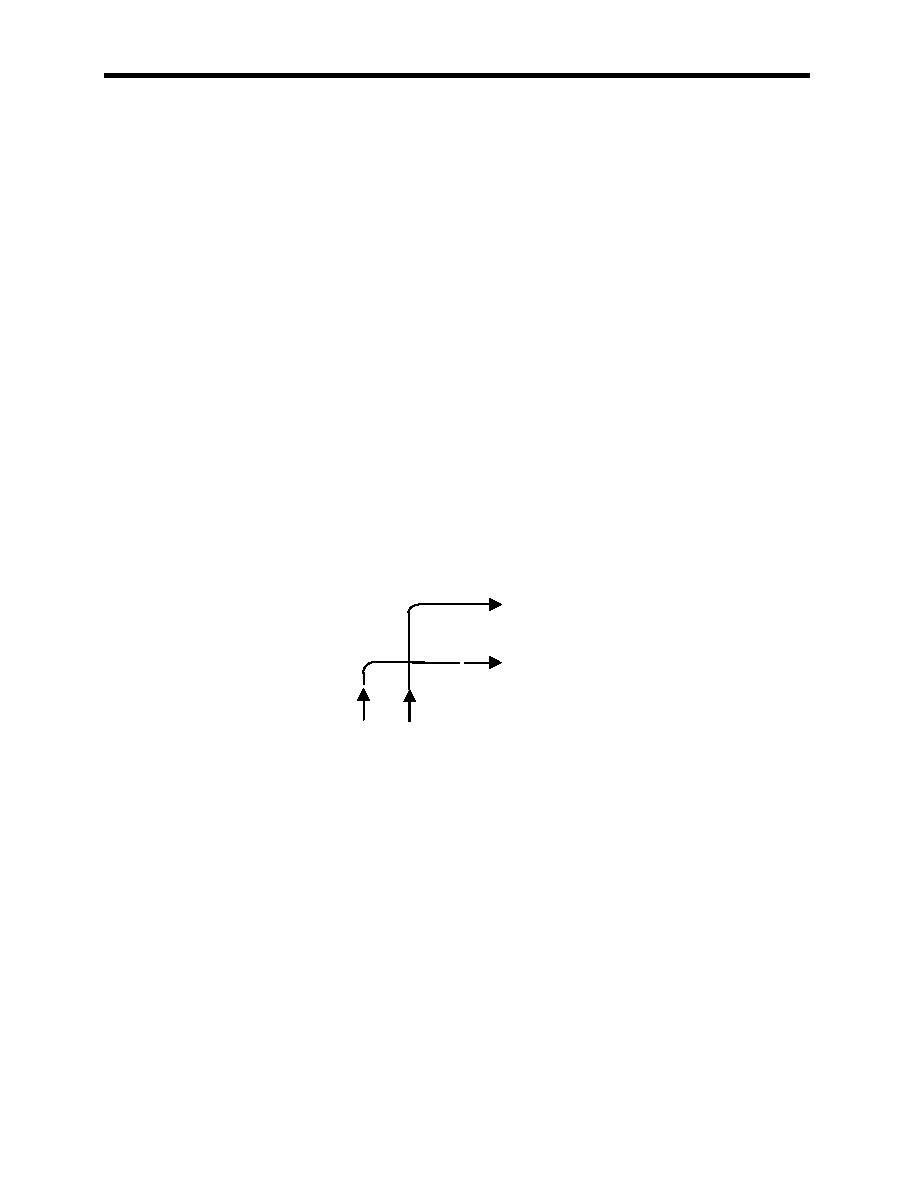 |
|||
|
|
|||
|
|
|||
| ||||||||||
|
|  ADVANCED TACTICAL MANEUVERING
4.3. ENGAGING TURNS
4.3.1. Upon entry into W155A, the Lead IP visually signals the Wing IP to take combat spread.
For the engaging turns, the Lead maintains at or around 12,000 feet and the Wingman remains
approximately 1500 feet stepped up, to NM abeam. There are three types of engaging turns:
a Tac Turn is used for a 90 heading change while an Inplace or Cross Turn is used to turn the
section 180. The Tac and Inplace Turns can be further defined as Into or Away, based on the
direction of Lead's turn relative to the Wingman. For example, if the Wingman is on the left side
of the formation, a Tac Left would be defined as a Tac Into, while a Tac Right would be
considered a Tac Away. This same principle applies to the Inplace Turns as well. Engaging
turns are energy sustaining turns and are therefore flown at 250 kts with twelve units AOA.
4.3.1.1. Tac Turn
4.3.1.1.1. The Tac Turn is initiated with a UHF transmission from the Lead Student.
4.3.1.1.1.1. LEAD "Turbo, Tac Right."
4.3.1.1.1.2. WING "Two."
4.3.1.1.2. The aircraft on the outside of the turn then commences a level, energy
sustaining turn for 90. As this aircraft approaches the extended six of his or her
Lead/Wingman, the inside aircraft begins its 90 turn, and at the completion of this turn,
the two aircraft are in combat spread. Realize, as a result of this turn, the two aircraft
have switched sides of the formation.
Wing Lead
4.3.1.1.3. The turn depicted above is a Tac Right Away. In this case, the Wingman is
responsible for clearing the airspace at the section's new six o'clock. To do this, the
student needs to be clearing the airspace to the inside and aft of the turn (Right and aft in
the case depicted above). Once the aircraft (the Wing aircraft in this case) completes its
90 turn, the student shifts his or her lookout back to the inside of the section (left in this
case) and scans airspace aft of the Wing line. The student physically rotates his or her
body to facilitate this lookout. Merely turning the head from side to side is insufficient to
appropriately clear the airspace. Additionally, it is important the student scan in the
vertical, both high and low. Once the airspace is sufficiently cleared, the student (Wing
in this case) verbalizes this on UHF.
4.3.1.1.3.1. WING "Six clear."
4.3.1.1.3.2. LEAD "Roger."
4-4
|
|
Privacy Statement - Press Release - Copyright Information. - Contact Us |